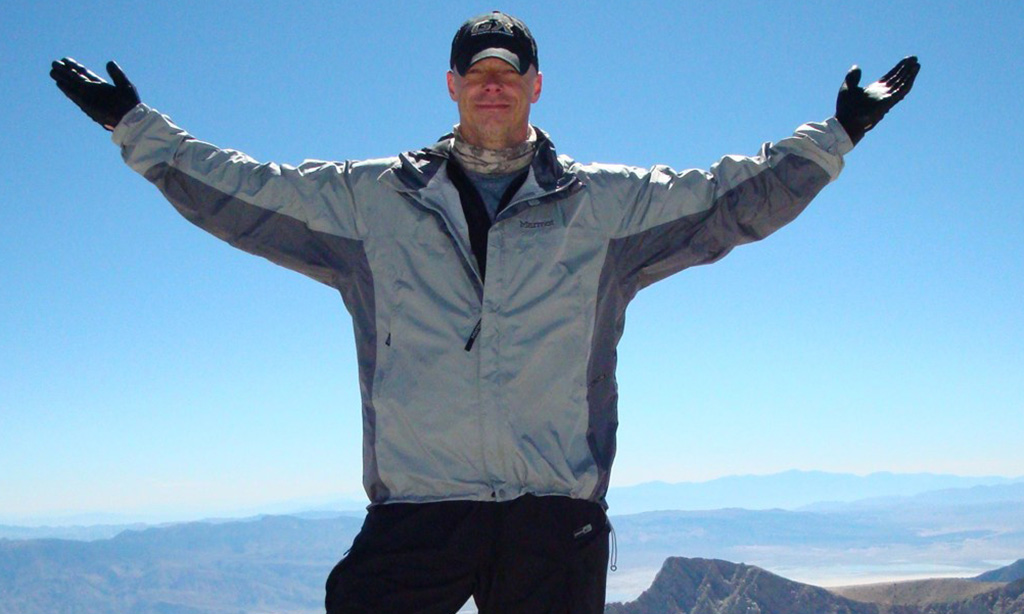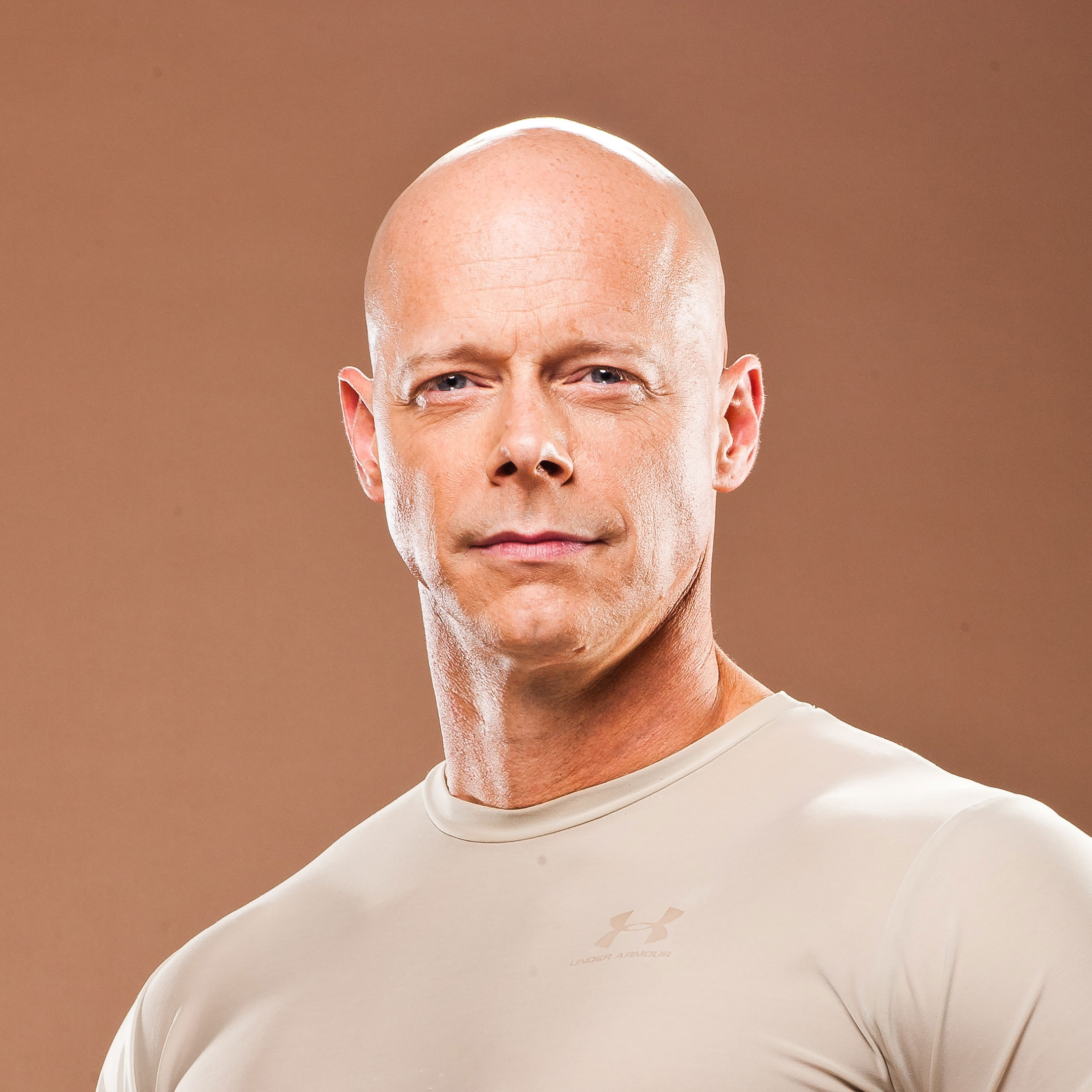My Top Six Outdoor Winter Training Tips

BY SGT. KEN WEICHERT
- Find the forecast. Although weather forecasts are never exact, you will at least have a better understanding of what to prepare for by checking the climate conditions before you brave the cold. Consider what temperature it will be, the wind chill factor, and the length of time that you will be outside. Your body is more vulnerable to the potentially perilous effects of cold weather if you happen to get wet in any way. Additionally, any exposed skin is susceptible to frostbite while in critical cold weather conditions.
- Dress in layers. Exercise activities produce heat and provide the sense of being warmer than you actually are. Tight or thick clothes hold in heat and will not let your body cool properly. The best defense is to wear thin layers of synthetic materials as your base layer. This will allow you to shed the sweat away from the body. Utilizing thin layers of clothing also provides you the opportunity to gradually pull off what you don’t need in stages. Use a thicker material, such as wool or fleece, as your middle layer for needed insulation. Finally, use a waterproof but breathable fabric as your outer shell. Try to avoid cotton. Cotton fabrics tend to remain wet against the skin during exercise. Most of all, it is always best to experiment with your clothing defense strategy to determine the best type and amount of clothing to use for your future outdoor exercise activities.
- Protect your extremities. Cold weather will cause your body to focus on blood flow to the core. This means that your extremities, such as your head, hands, feet and ears, are more vulnerable to cold weather. Be certain to wear dry-wicking materials with insulation for your extremities. You may consider a neck and face covering to defend against possible frostbite.
- Stop the sunburn. You can still experience sunburn in the heart of winter. The snow reflects the sunlight, increasing the chances of overexposure to unprotected skin. Personally, I apply sunscreen with a sun protection factor (SPF) of at least 45 to any exposed skin, as well as a lip balm of a 15 or higher SPF.
- Hydrate habitually. Winter winds have immense drying power. Drink more fluids than usual. When exercising outdoors, I consume 16 ounces of room-temperature water 30 minutes before exercising, and drink eight ounces of water every 30 minutes. Drinking enough fluids during exercise helps improve heart function, maintain kidney function, and regulates the core temperature of the body. Dehydration can stress the heart and reduce the ability of the kidneys to maintain the correct balance of electrolytes. A good way to determine your level of hydration is to monitor your urine. It should appear to be lighter than lemonade and never dark and cloudy like apple juice. Athletes may want to take mineral supplements such as calcium, magnesium, and potassium to prevent cramping.
- Stay on safe surfaces. Know your terrain, wear boots or shoes that include adequate traction, and place your feet solidly with each step you take. Pay careful attention to patches of black ice. You may consider using hiking poles for added balance and support.
Make your days at home an opportunity for you to win the war against winter weight gain!
Get access to other free workouts, training and tips at: waterrowerfitness.com/canfitpro
Hooah!
Warning: Always seek the advice and guidance of a qualified health provider with any questions or concerns you may have prior to commencing a fitness program. This article should not be relied on or substituted for professional medical diagnosis or treatment. The exercises presented are for suggestion only. Participate at your own risk. Stop if you feel faint or short of breath.

